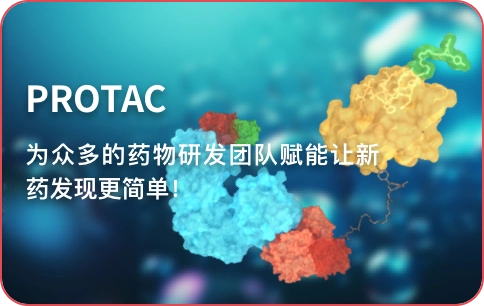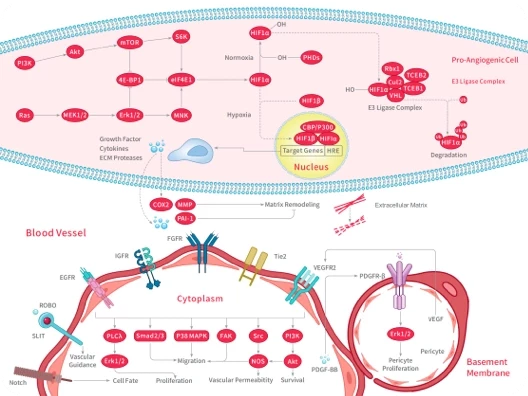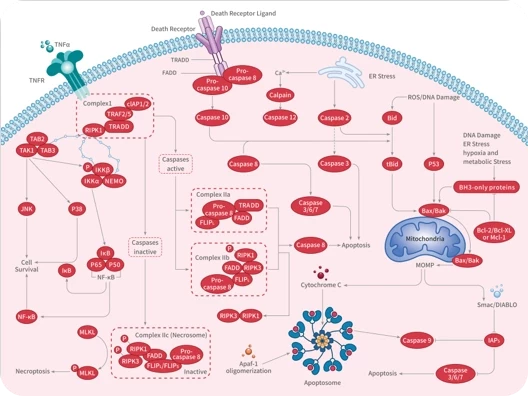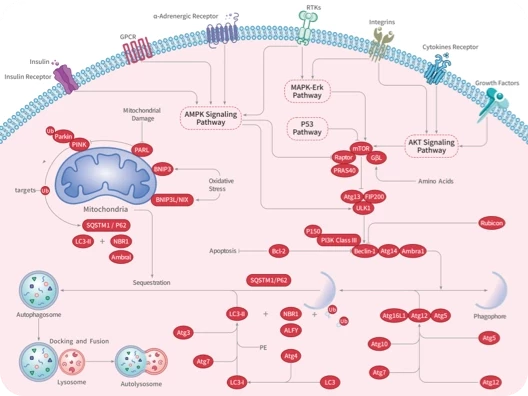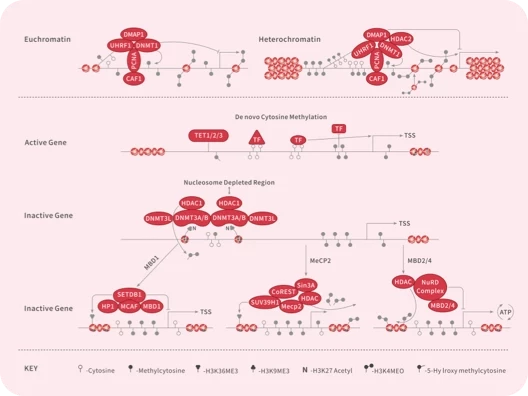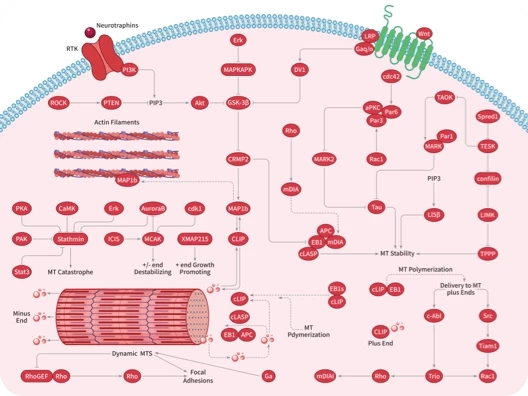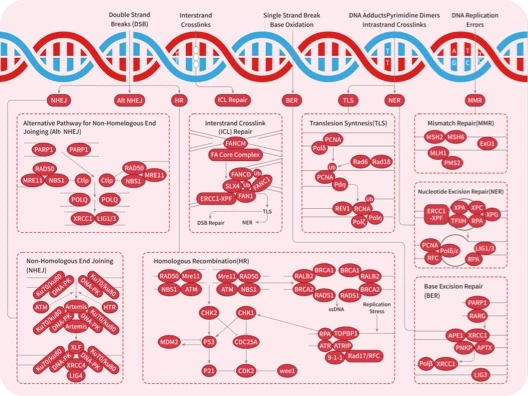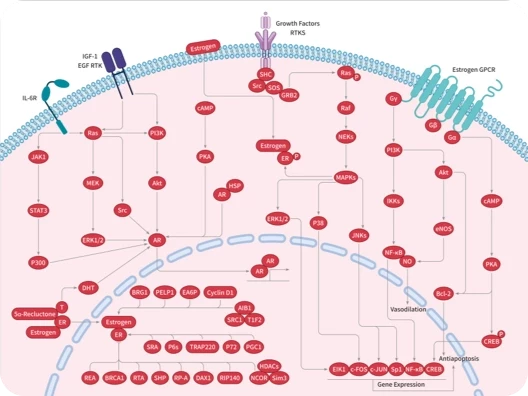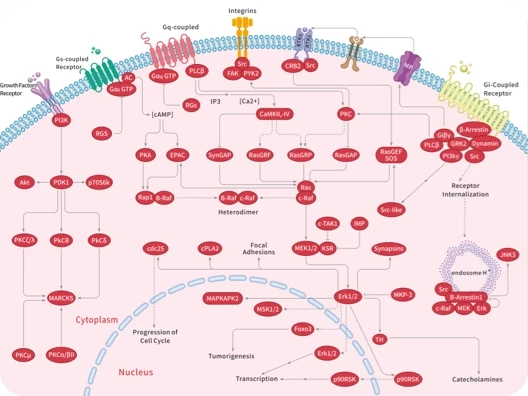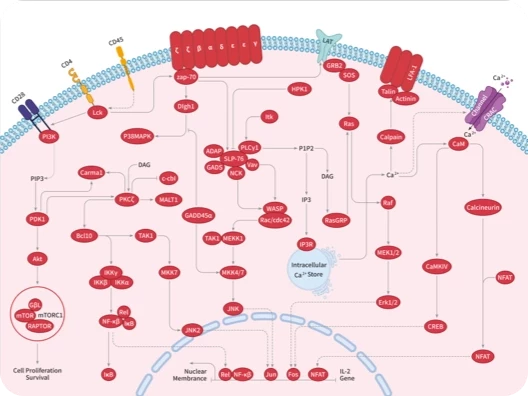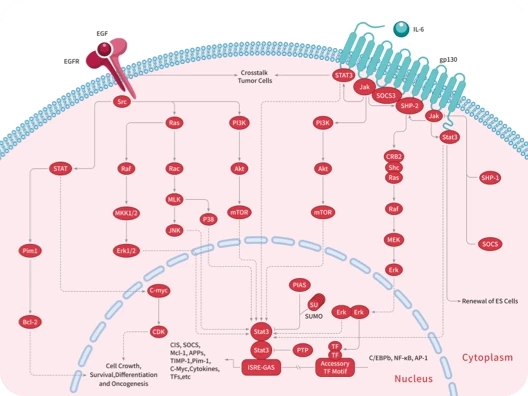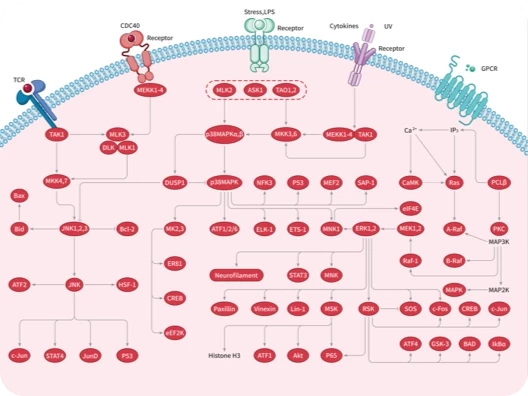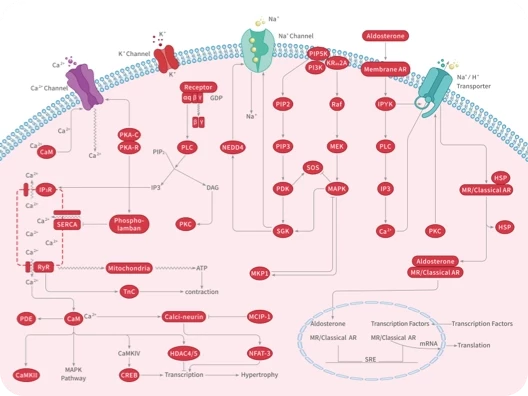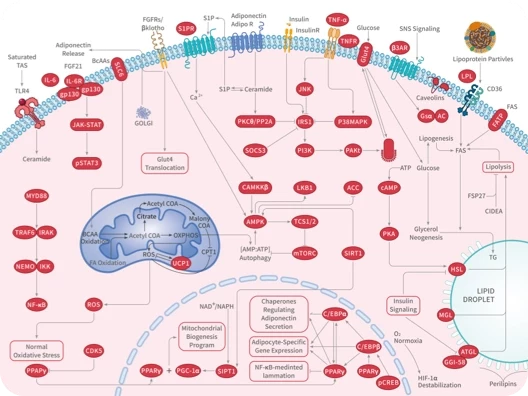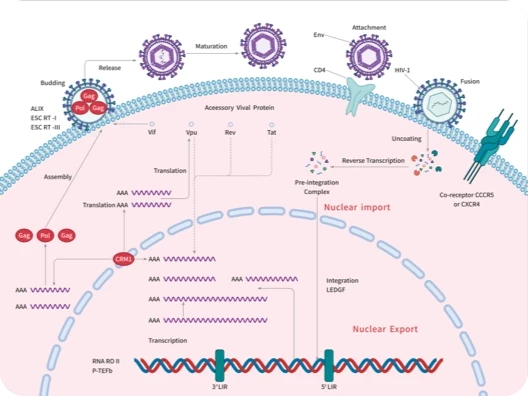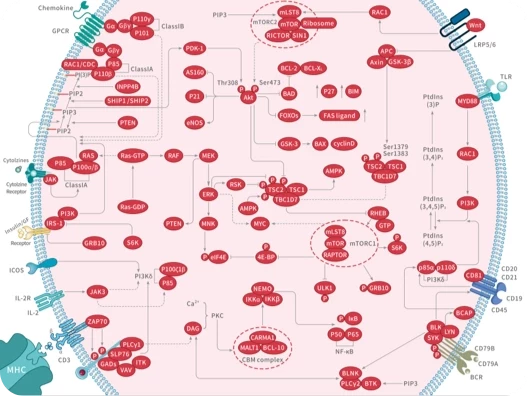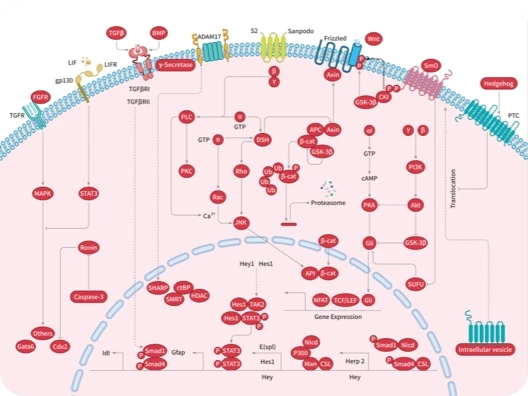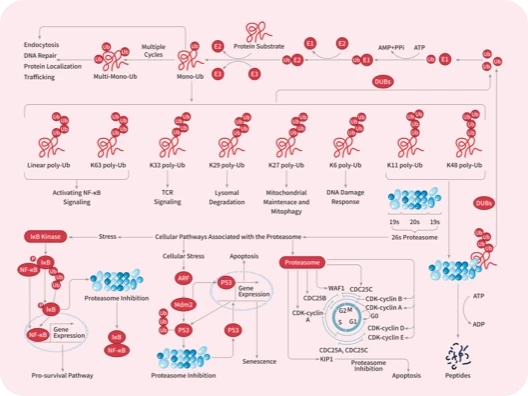- 全部删除
 您的购物车当前为空
您的购物车当前为空
购物车
DNA 损伤和修复
(1819)
G 蛋白偶联受体
(3710)
JAK/STAT 信号通路
(819)
MAPK 信号通路
(937)
NF-κB 信号通路
(973)
PI3K/Akt/mTOR 信号通路
(970)
PROTAC
(997)
代谢
(5658)
免疫与炎症
(2918)
内分泌与激素
(1062)
凋亡
(2935)
干细胞
(1060)
微生物学
(3932)
抗体-药物偶联物/ADC 相关
(1686)
氧化还原
(345)
泛素化
(274)
神经科学
(4194)
离子通道
(1989)
细胞周期
(1629)
细胞骨架
(1311)
自噬
(1151)
蛋白酪氨酸激酶
(1876)
蛋白酶体
(1410)
血管生成
(1499)
表观遗传
(2090)
其他
(48387)
G 蛋白偶联受体
G蛋白偶联受体(GPCR)是真核生物中最大和最多样化的膜受体,接收光能、多肽、脂质、糖和蛋白质等形式的信息。其立体结构具有共同点,对特定的信号具有高度特异性。
Related Tags: 5-HT Receptor | Adenosine Receptor | Adiponectin Receptor | Adrenergic Receptor | Amylin Receptor | Annexin A | Apelin receptor | Arrestin | Bombesin Receptor | Bradykinin Receptor | CCR | CGRP Receptor | CRFR | CXCR | CaSR | Cannabinoid Receptor | Cholecystokinin Receptor | Dopamine Receptor | EBI2/GPR183 | Endothelin Receptor | GHSR | GNRH Receptor | GPCR | GPCR19 | GRK | GTPase | Glucagon Receptor | Guanylate cyclase | Hedgehog/Smoothened | Histamine Receptor | Kisspeptin | Kras | LPA Receptor | LPL Receptor | Leukotriene Receptor | MRGPR | Melanin-concentrating Hormone Receptor (MCHR) | Melanocortin Receptor | Melatonin Receptor | Motilin Receptor | Neurokinin receptor | Neuropeptide W | Neuropeptide Y Receptor | Neurotensin Receptor | OX Receptor | Opioid Receptor | Oxytocin Receptor | P2Y Receptor | PACAP | PAFR | Prostaglandin Receptor | Protease-activated Receptor | RXFP receptor | Ras | S1P Receptor | SGLT | Sigma receptor | Somatostatin | TSH Receptor | Vasopressin Receptor | cAMP










